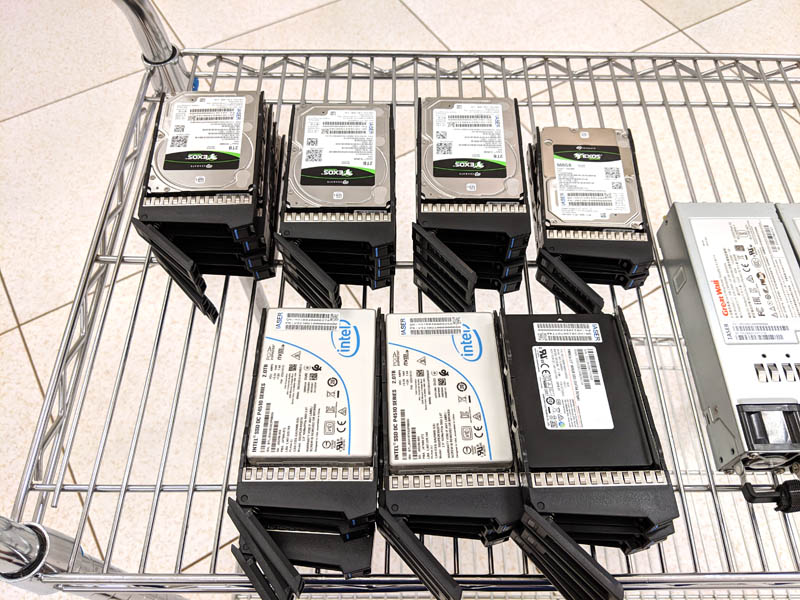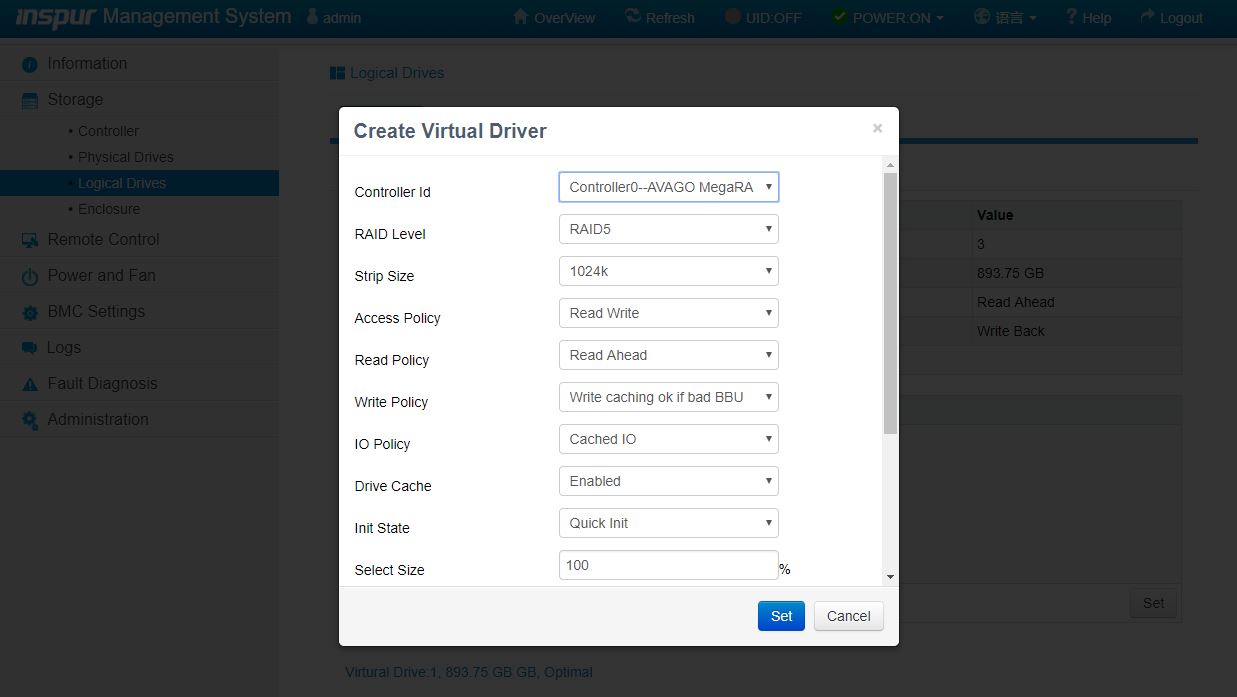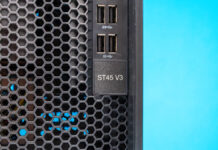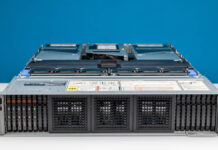Inspur Systems NF8260M5 Test Configuration
Our Inspur Systems NF8260M5 test configuration was robust and similar to what we expect to see at many cloud service providers using this type of system:
- System: Inspur Systems NF8260M5
- CPU: 4x Intel Xeon Platinum 8276L, 4x Xeon Platinum 8260, 4x Xeon Gold 6242
- RAM: 768GB (24x 32GB) DDR4-2933 at 2666MHz
- Optane DCPMM: 6TB (24x 256GB) Intel Optane DC Persistent Memory Modules
- NVMe SSD: 6x Intel DC P4510 2.0TB
- RAID SATA SSD: 4x Samsung PM863a 480GB
- HDDs: 12x Seagate Exos 2TB 7E2000, 2x Seagate Exos 600GB 15E900
- 25GbE NIC: Mellanox ConnectX-4 Lx dual-port 25GbE OCP
- Riser: Single riser configuration
Storage included a fairly broad range of drives. Here are the twenty-four drives outside of the chassis, ready for installation.

One can see we had drives represented from three different vendors. We had NVMe as well as SAS3 and SATA III drives. We also had both SSDs and HDDs installed which shows the flexibility of the platform.
Inspur Systems Inspur NF8260M5 Management
Inspur’s primary management is via IPMI and Redfish APIs. That is what most hyperscale and CSP customers will utilize to manage their systems. Inspur also includes a robust and customized web management platform with its management solution.

There are key features we would expect from any modern server. These include the ability to power cycle a system and remotely mount virtual media. Inspur also has a HTML5 iKVM solution that has these features included. Some other server vendors do not have fully featured HTML5 iKVM including virtual media support as of this review being published.

Another feature worth noting is the ability to set BIOS settings via the web interface. That is a feature we see in solutions from top-tier vendors like Dell EMC, HPE, and Lenovo, but many vendors in the market do not have.

Another web management feature that differentiates Inspur from lower-tier OEMs is the ability to create virtual disks and manage storage directly from the web management interface. Some solutions allow administrators to do this via Redfish APIs, but not web management. This is another great inclusion here.

Based on comments in our previous articles, many of our readers have not used an Inspur Systems server and therefore have not seen the management interface. We have an 8-minute video clicking through the interface and doing a quick tour of the Inspur Systems NF5468M5 management interface:
It is certainly not the most entertaining subject, however, if you are considering these systems, you may want to know what the web management interface is on each machine and that tour can be helpful.
Next, we are going to take a look at the Inspur Systems NF8260M5 CPU performance.




Good review but a huge market for Optane-equipped systems is databases.
Can you at least put up some Redis numbers or other DB-centric numbers?
Yep. MongoDB and Redis, nginx are the most important. Maybe some php benches with caching & etc…
From what I read that’s what they’re doing using memory mode and redis in VMs on the last chart. Maybe app direct next time?
Can you guys do more OCP server reviews? Nobody else is doing anything with them outside of hyperscale. I’d like to know when they’re ready for more than super 7 deployment
It’s hard. What if we wanted to buy 2 of these or 10? I can’t here with Inspur.
I’m also for having STH do OCP server reviews. Ya’ll do the most server reviews and OCP is growing to the point that maybe we’d have to deploy in 36 months and start planning in the next year or two.
Why is half the ram inaccessible?
How’s it inaccessible? You can see it all clearly there?